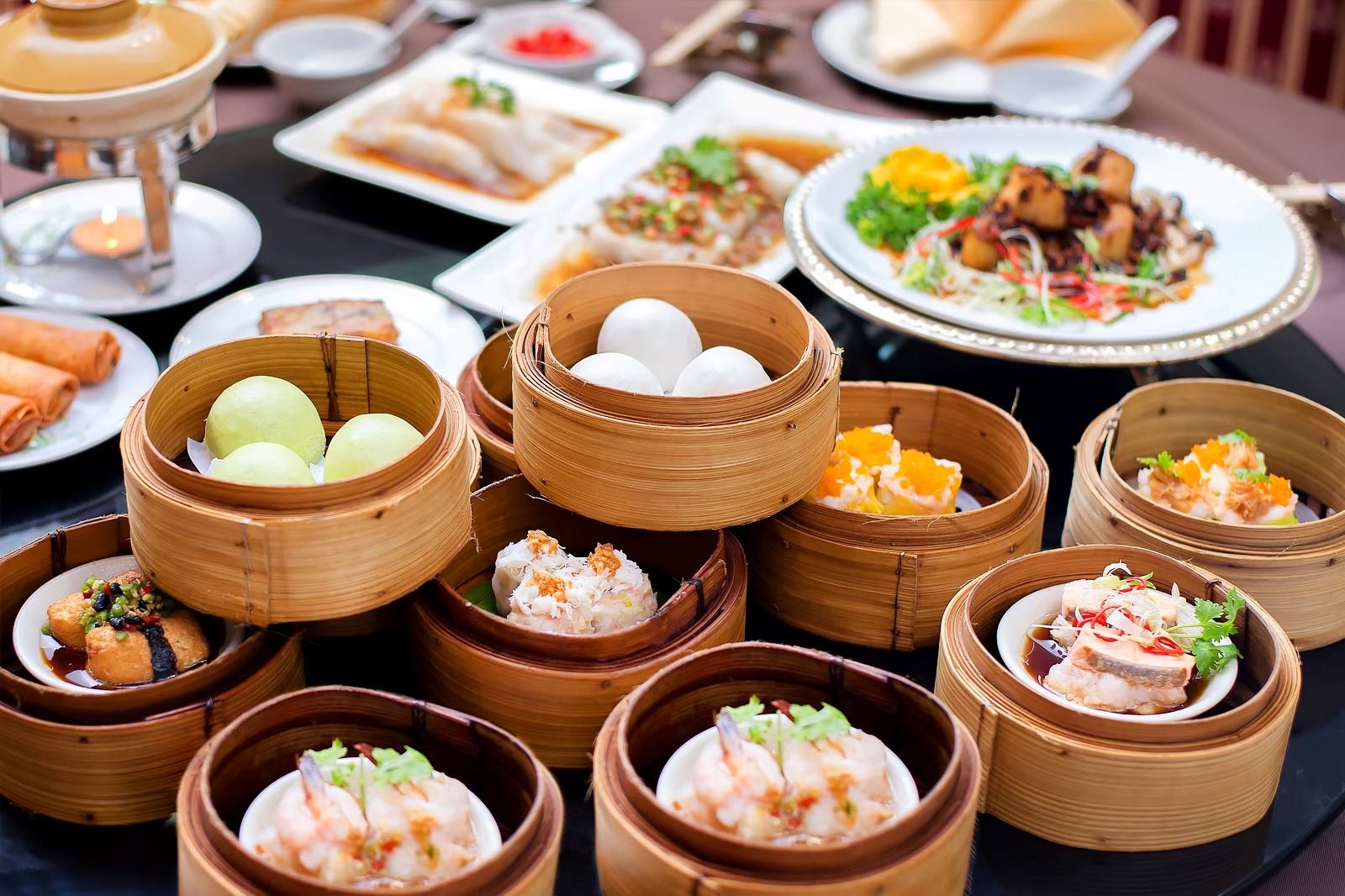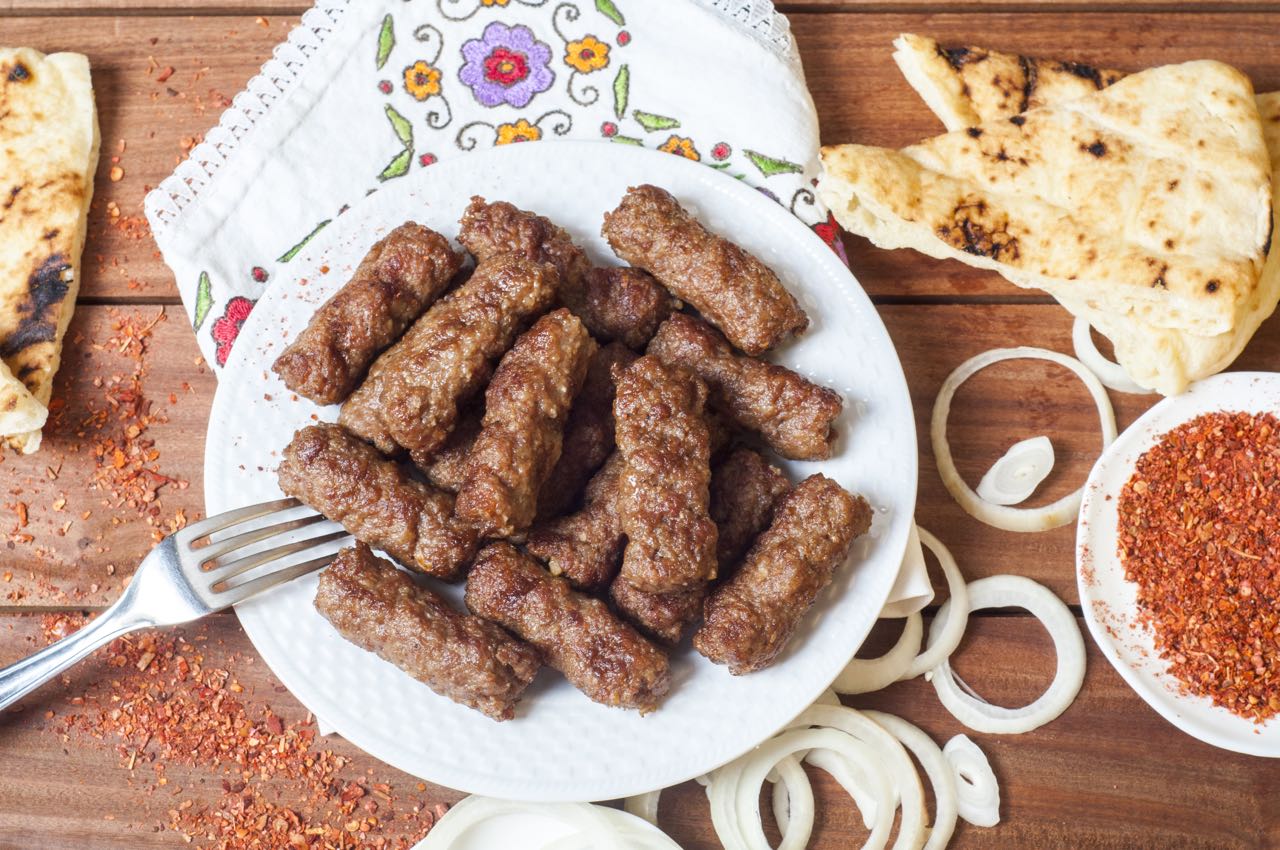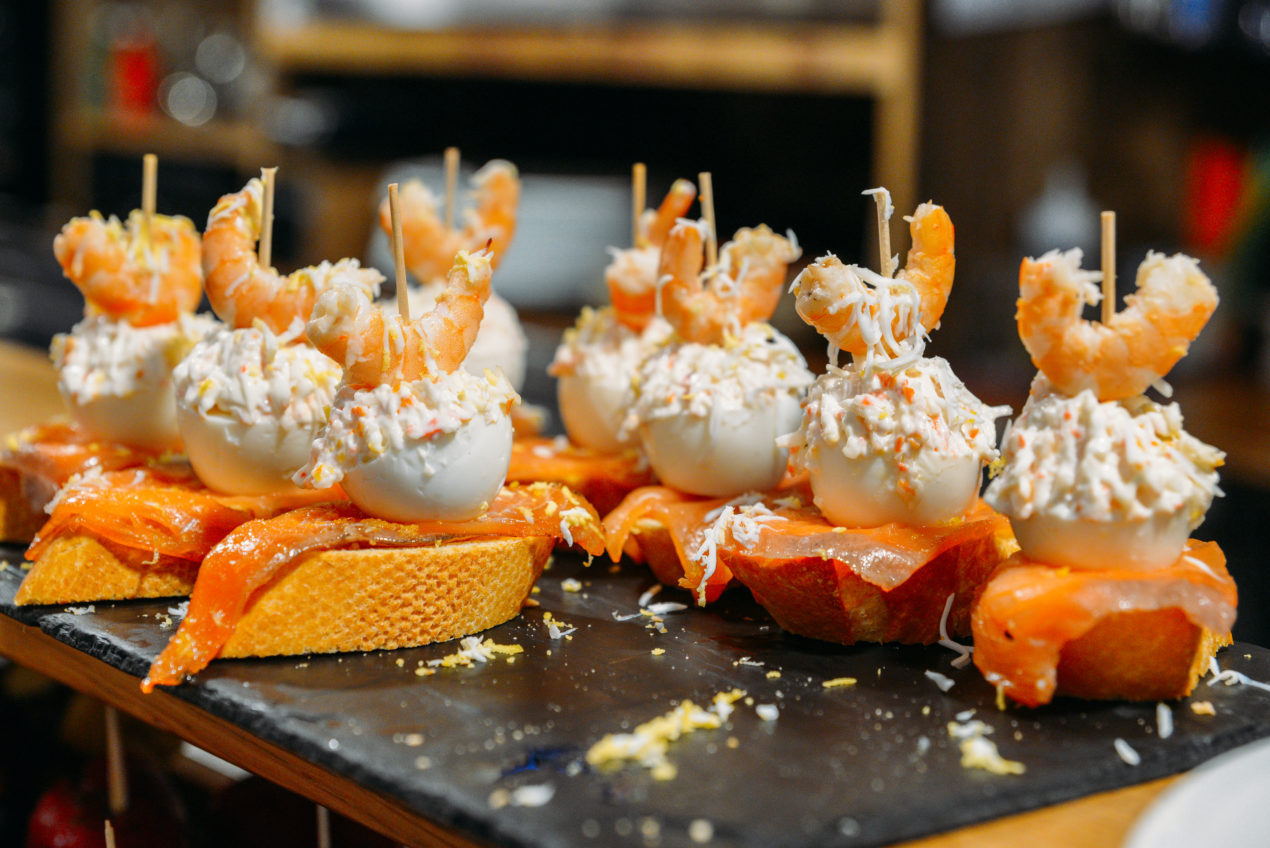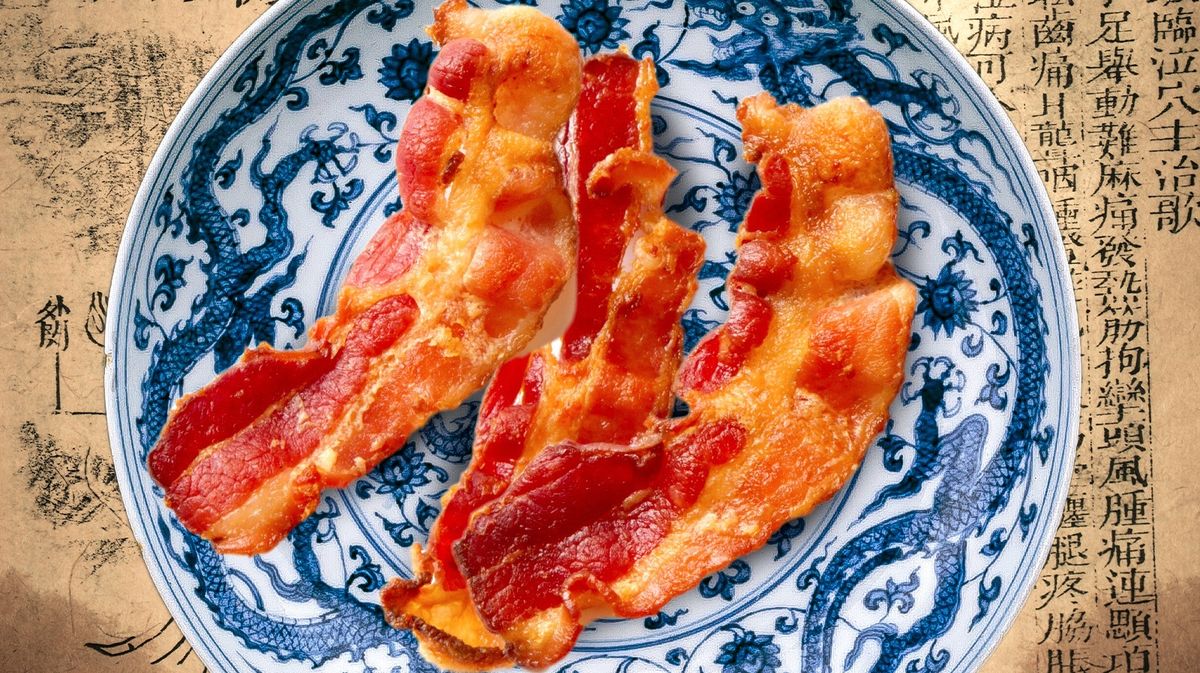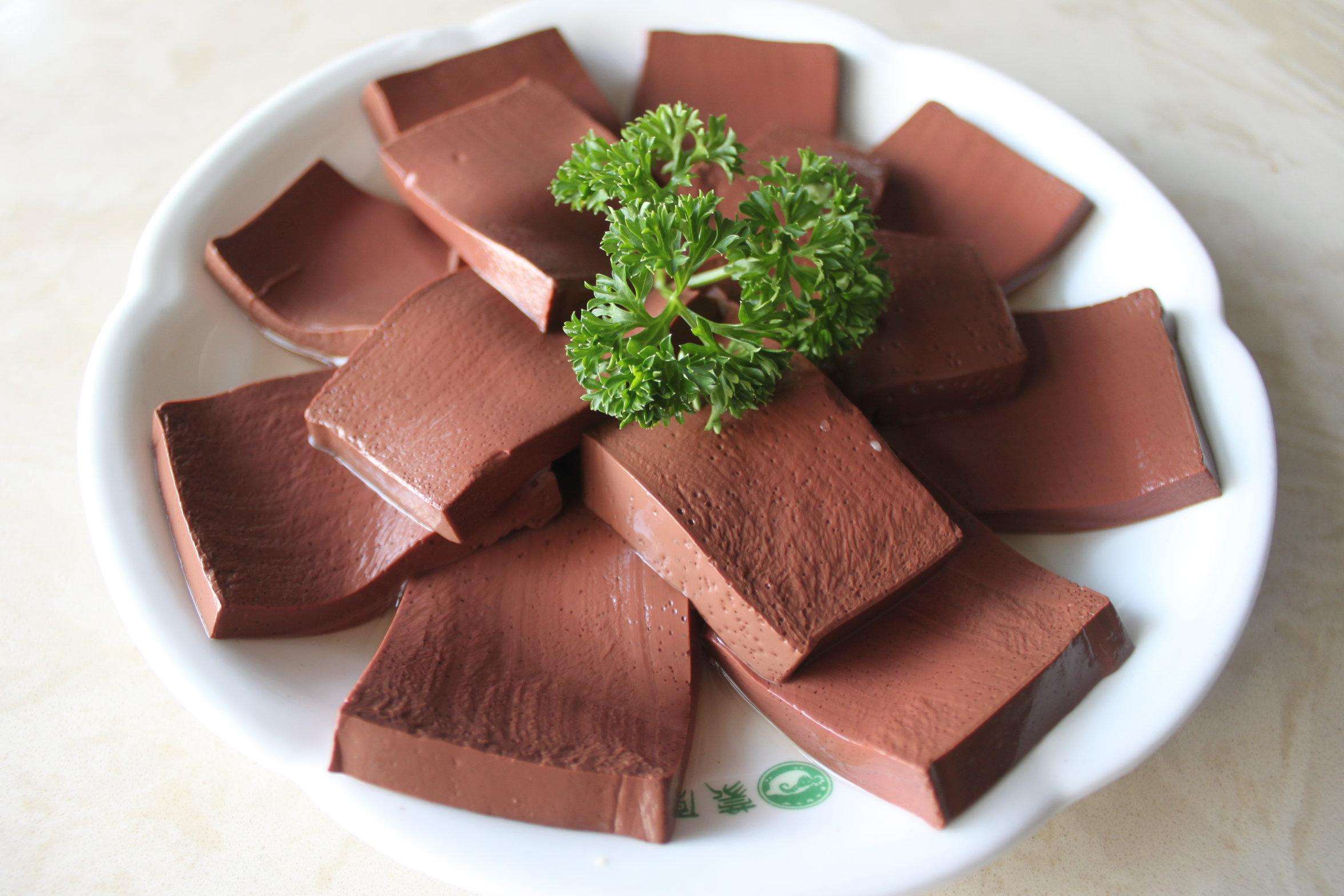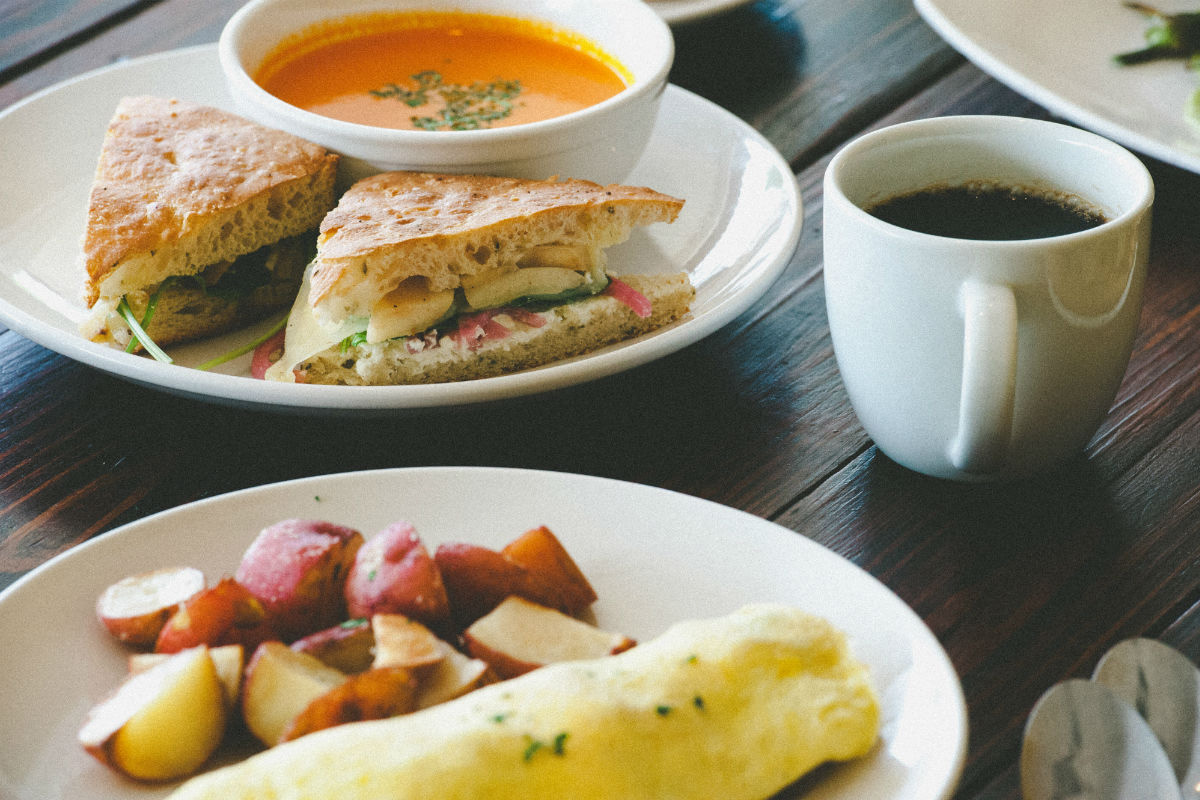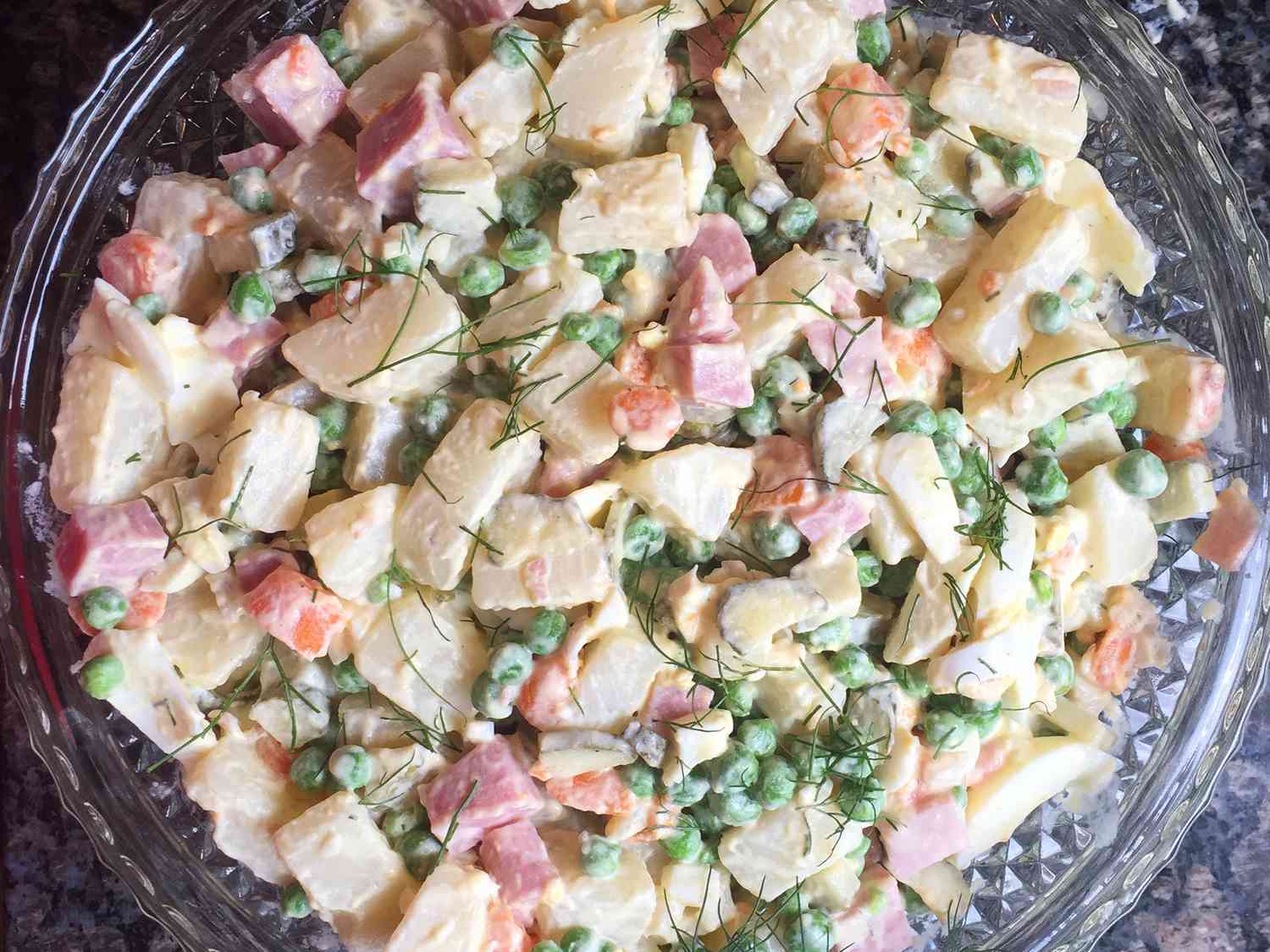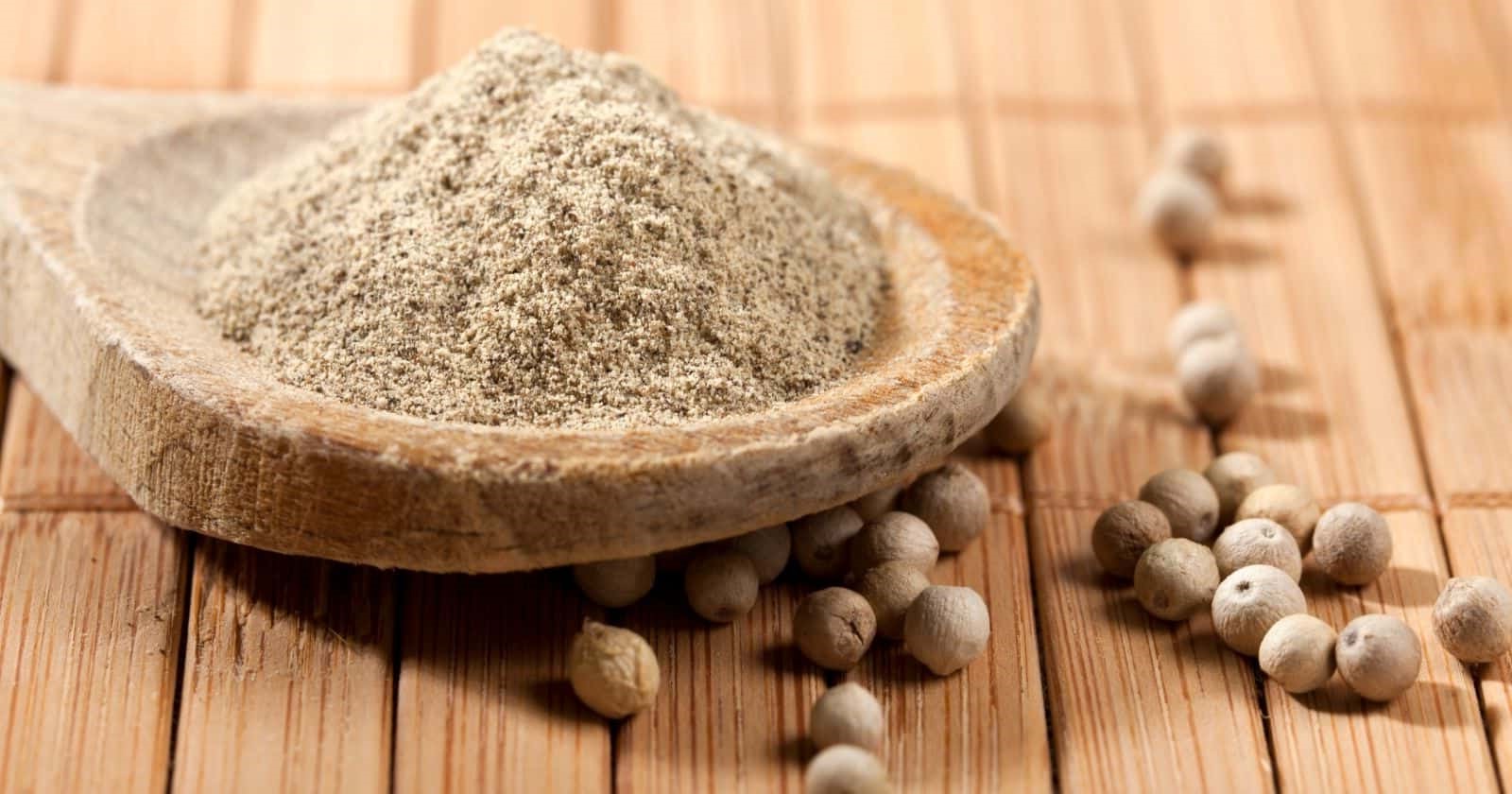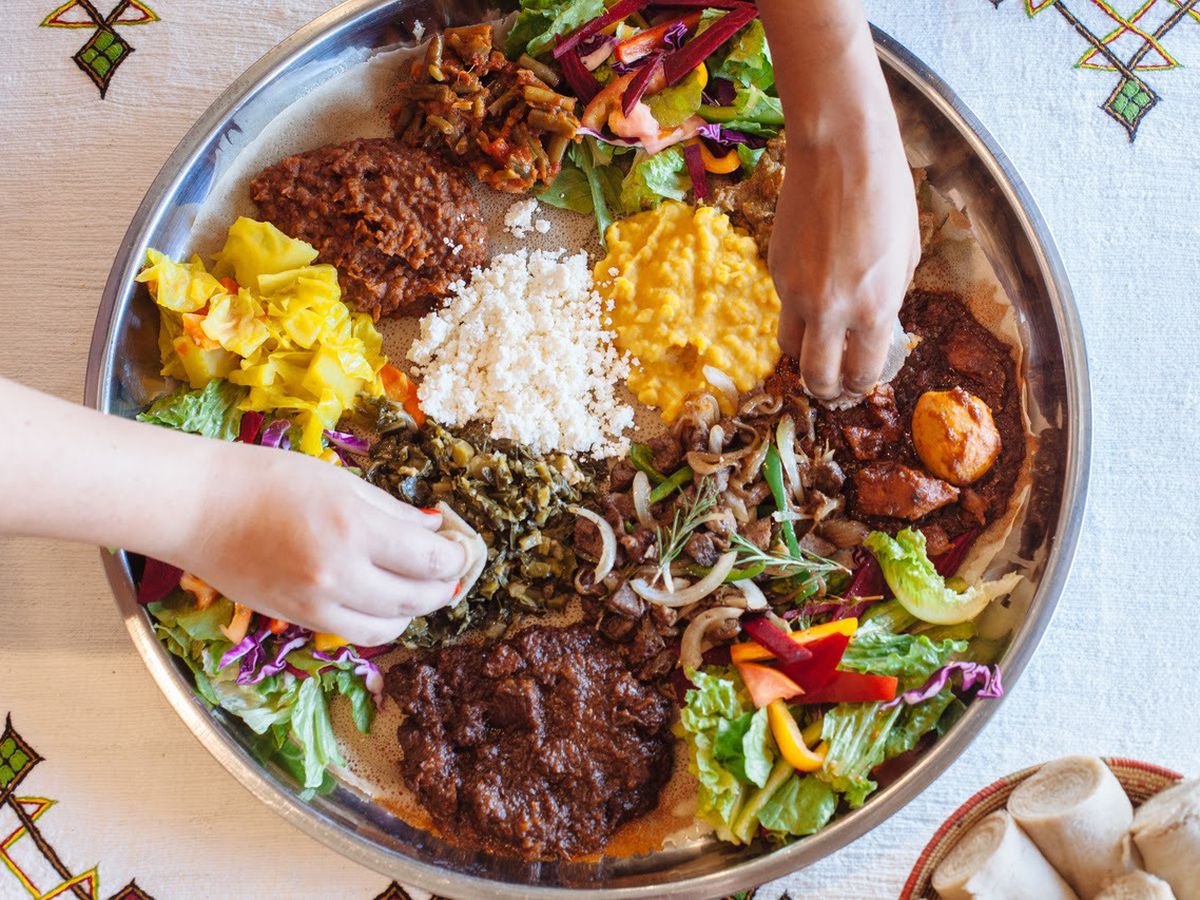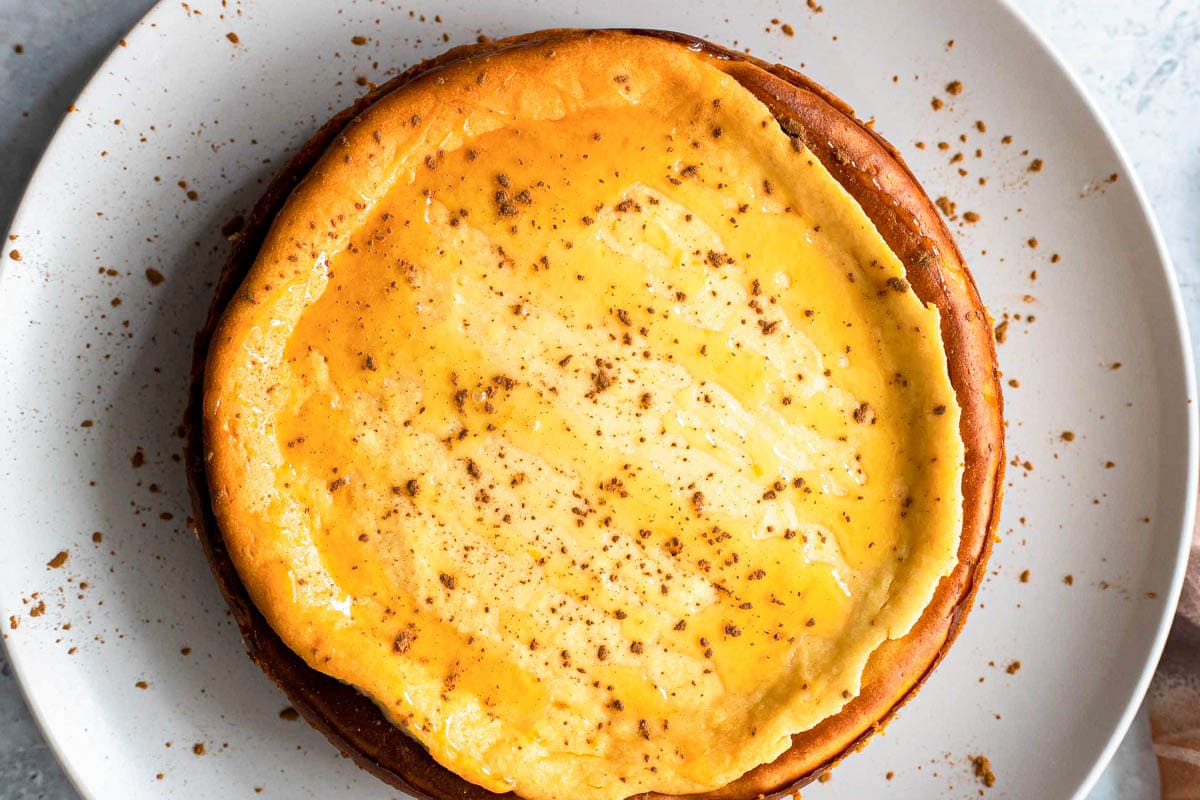Hot pot, a communal dining experience, brings people together over a simmering pot of broth. Originating in China, this tradition has spread globally, with each culture adding unique twists. From Japan's shabu-shabu to Korea's jeongol, hot pot variations showcase diverse ingredients and flavors. In Thailand, sukiyaki features a spicy broth, while Vietnam's lau includes fresh herbs and seafood. Each version reflects local tastes and customs, making hot pot a delicious way to explore international cuisine. Whether you prefer mild or spicy, meat or vegetables, there's a hot pot style to suit every palate.
Essential Ingredients for a Perfect Hot Pot
Chinese Hot Pot
-
Broth:
- Chicken stock
- Water
- Ginger slices
- Garlic cloves
- Scallions
- Soy sauce
- Shaoxing wine
- Star anise
- Sichuan peppercorns
-
Protein:
- Thinly sliced beef
- Thinly sliced lamb
- Chicken breast
- Fish fillets
- Shrimp
- Tofu
-
Vegetables:
- Napa cabbage
- Spinach
- Bok choy
- Mushrooms (shiitake, enoki)
- Carrots
- Daikon radish
-
Noodles:
- Glass noodles
- Udon noodles
-
Dipping Sauces:
- Soy sauce
- Sesame oil
- Chili oil
- Hoisin sauce
- Minced garlic
- Chopped cilantro
Japanese Shabu-Shabu
-
Broth:
- Dashi stock
- Kombu (seaweed)
- Water
-
Protein:
- Thinly sliced beef
- Pork loin
- Chicken thighs
- Tofu
-
Vegetables:
- Napa cabbage
- Spinach
- Mushrooms (shiitake, enoki)
- Carrots
- Leeks
-
Noodles:
- Udon noodles
- Shirataki noodles
-
Dipping Sauces:
- Ponzu sauce
- Sesame sauce
- Grated daikon
- Chopped green onions
Korean Jeongol
-
Broth:
- Anchovy stock
- Water
- Garlic cloves
- Soy sauce
- Gochujang (Korean chili paste)
-
Protein:
- Thinly sliced beef
- Pork belly
- Chicken breast
- Seafood mix (squid, shrimp, clams)
- Tofu
-
Vegetables:
- Napa cabbage
- Spinach
- Mushrooms (shiitake, enoki)
- Zucchini
- Korean radish
- Green onions
-
Noodles:
- Sweet potato noodles
- Udon noodles
-
Dipping Sauces:
- Soy sauce
- Sesame oil
- Gochujang
- Minced garlic
- Chopped green onions
Tools You Will Need for Exploring International Hot Pot Traditions
Tools Needed for Exploring International Hot Pot Traditions
- Hot Pot Cooker: Essential for cooking ingredients at the table. Options include electric, induction, or gas.
- Chopsticks: Used for picking up ingredients from the pot.
- Ladle: Helps scoop out broth and larger items.
- Strainer Spoon: Useful for retrieving smaller ingredients.
- Serving Bowls: Individual bowls for each person to hold their cooked food.
- Dipping Sauce Bowls: Small bowls for personal dipping sauces.
- Cutting Board: Prepares ingredients before cooking.
- Sharp Knife: Slices meat, vegetables, and other ingredients.
- Tongs: Handles hot items safely.
- Soup Ladle: Serves broth into individual bowls.
- Plates or Trays: Holds raw ingredients before cooking.
- Portable Butane Stove (if using a traditional pot): Provides heat for the hot pot.
- Thermometer: Ensures broth stays at the right temperature.
- Apron: Keeps clothes clean while preparing ingredients.
- Napkins or Wet Wipes: Cleans hands during the meal.
- Table Protector: Shields the table from heat and spills.
- Broth Pot: Holds the broth for cooking.
- Skimmer: Removes foam or impurities from the broth.
- Timer: Keeps track of cooking times for different ingredients.
- Heat-Resistant Gloves: Protects hands when handling hot equipment.
- Serving Utensils: Distributes cooked food to individual bowls.
- Sauce Bottles: Holds various dipping sauces.
- Spice Containers: Stores spices and seasonings for the broth.
- Vegetable Peeler: Prepares vegetables for cooking.
- Meat Slicer: Cuts meat into thin slices for quick cooking.
- Food Storage Containers: Stores leftover ingredients.
- Cleaning Supplies: Cleans up after the meal.
Hot pot, a communal cooking and dining experience, varies globally. China enjoys spicy broths, while Japan favors a lighter, soy-based soup. Mongolia traditionally uses mutton and clear broth.
Why We Love Hot Pot Traditions
Hot pot, a culinary tradition embraced across various cultures, stands as a testament to communal dining and diverse flavors. Originating from East Asia, this cooking method involves simmering a pot of broth at the table, allowing diners to cook a selection of ingredients like meats, vegetables, and noodles. Each region adds its unique twist, from spicy Sichuan broths in China to savory shabu-shabu in Japan, showcasing the rich tapestry of global culinary practices.
Step-by-Step Guide to Mastering Hot Pot
Exploring International Hot Pot Traditions
1. Chinese Hot Pot (Huoguo)
- Broth: Choose from spicy Sichuan, mild mushroom, or herbal broths.
- Ingredients: Include thinly sliced meats (beef, lamb), seafood (shrimp, fish balls), vegetables (bok choy, napa cabbage), tofu, and noodles.
- Dipping Sauces: Mix sesame paste, soy sauce, garlic, cilantro, and chili oil.
2. Japanese Shabu-Shabu
- Broth: Use a kombu dashi base.
- Ingredients: Prepare thinly sliced beef, pork, tofu, mushrooms, udon noodles, and leafy greens.
- Dipping Sauces: Serve with ponzu and goma dare (sesame sauce).
3. Korean Jeongol
- Broth: Use anchovy stock or beef broth.
- Ingredients: Include beef, pork, seafood, kimchi, mushrooms, tofu, and glass noodles.
- Dipping Sauces: Combine soy sauce, vinegar, sesame oil, and chopped scallions.
4. Thai Suki
- Broth: Use a clear broth with lemongrass and kaffir lime leaves.
- Ingredients: Include pork, chicken, seafood, morning glory, water spinach, tofu, and glass noodles.
- Dipping Sauces: Serve with suki sauce made from chili paste, garlic, lime juice, and sugar.
5. Vietnamese Lẩu
- Broth: Use a tamarind or pineapple base.
- Ingredients: Include fish, shrimp, squid, okra, tomatoes, pineapple, and rice noodles.
- Dipping Sauces: Mix fish sauce, lime juice, garlic, and chili.
6. Mongolian Hot Pot
- Broth: Use a clear broth with ginger and garlic.
- Ingredients: Include lamb, beef, mutton, root vegetables, tofu, and noodles.
- Dipping Sauces: Combine soy sauce, vinegar, sesame oil, and chopped garlic.
7. Swiss Fondue Chinoise
- Broth: Use a bouillon base.
- Ingredients: Include thinly sliced beef, chicken, pork, mushrooms, potatoes, and bread.
- Dipping Sauces: Serve with garlic butter, mustard sauce, and curry sauce.
8. Taiwanese Hot Pot
- Broth: Use a spicy mala or herbal base.
- Ingredients: Include thinly sliced meats, seafood, fish balls, vegetables, tofu, and noodles.
- Dipping Sauces: Mix soy sauce, garlic, cilantro, chili oil, and peanut sauce.
9. Malaysian Steamboat
- Broth: Use a clear broth or tom yum base.
- Ingredients: Include prawns, fish, squid, chicken, tofu, vegetables, and noodles.
- Dipping Sauces: Combine chili sauce, soy sauce, lime juice, and sugar.
10. Indonesian Suki
- Broth: Use a clear broth with lemongrass and galangal.
- Ingredients: Include chicken, beef, seafood, tofu, vegetables, and glass noodles.
- Dipping Sauces: Serve with sambal, soy sauce, and lime juice.
Savoring the World of Hot Pot
Hot pot isn't just a meal; it's an experience that brings people together. From China's spicy Sichuan to Japan's delicate shabu-shabu, each region offers unique flavors and traditions. The communal aspect makes it special, allowing everyone to cook, share, and enjoy a variety of ingredients. Whether you're a fan of brothy soups or rich, spicy bases, there's a hot pot style for every palate. So, gather your friends and family, set up a hot pot, and dive into this delicious tradition. You'll not only enjoy a hearty meal but also create lasting memories. Happy cooking!
Common Questions About Hot Pot Traditions
What is hot pot?
Hot pot is a communal cooking method where diners cook various ingredients in a simmering pot of broth at the table. It's popular in many cultures, especially in East Asia.
What are some common ingredients used in hot pot?
Common ingredients include thinly sliced meats, seafood, vegetables, tofu, and noodles. Each region has its own unique additions, like dumplings in China or mushrooms in Japan.
How do different cultures prepare their hot pot?
Each culture has its own twist. Chinese hot pot often features spicy broths and a variety of dipping sauces. Japanese shabu-shabu uses a clear broth and is usually paired with a sesame or ponzu sauce. Korean jeongol includes a mix of seafood, meat, and vegetables in a spicy broth.
What types of broths are used in hot pot?
Broths can range from mild to spicy. Common types include miso broth in Japan, kimchi broth in Korea, and Sichuan spicy broth in China. Some broths are herbal, adding a unique flavor and health benefits.
How do you eat hot pot?
Diners select their desired ingredients and cook them in the simmering broth. Once cooked, ingredients are dipped in sauces before eating. It's a social meal, often enjoyed with friends and family.
Are there any etiquette rules for eating hot pot?
Yes, there are a few. Don’t overload the pot with too many ingredients at once. Use separate utensils for handling raw and cooked food. Sharing and taking turns is key to a pleasant hot pot experience.
Can hot pot be vegetarian?
Absolutely! Vegetarian hot pot can include a variety of vegetables, tofu, mushrooms, and plant-based broths. Many cultures offer vegetarian options, making it a versatile meal for everyone.
